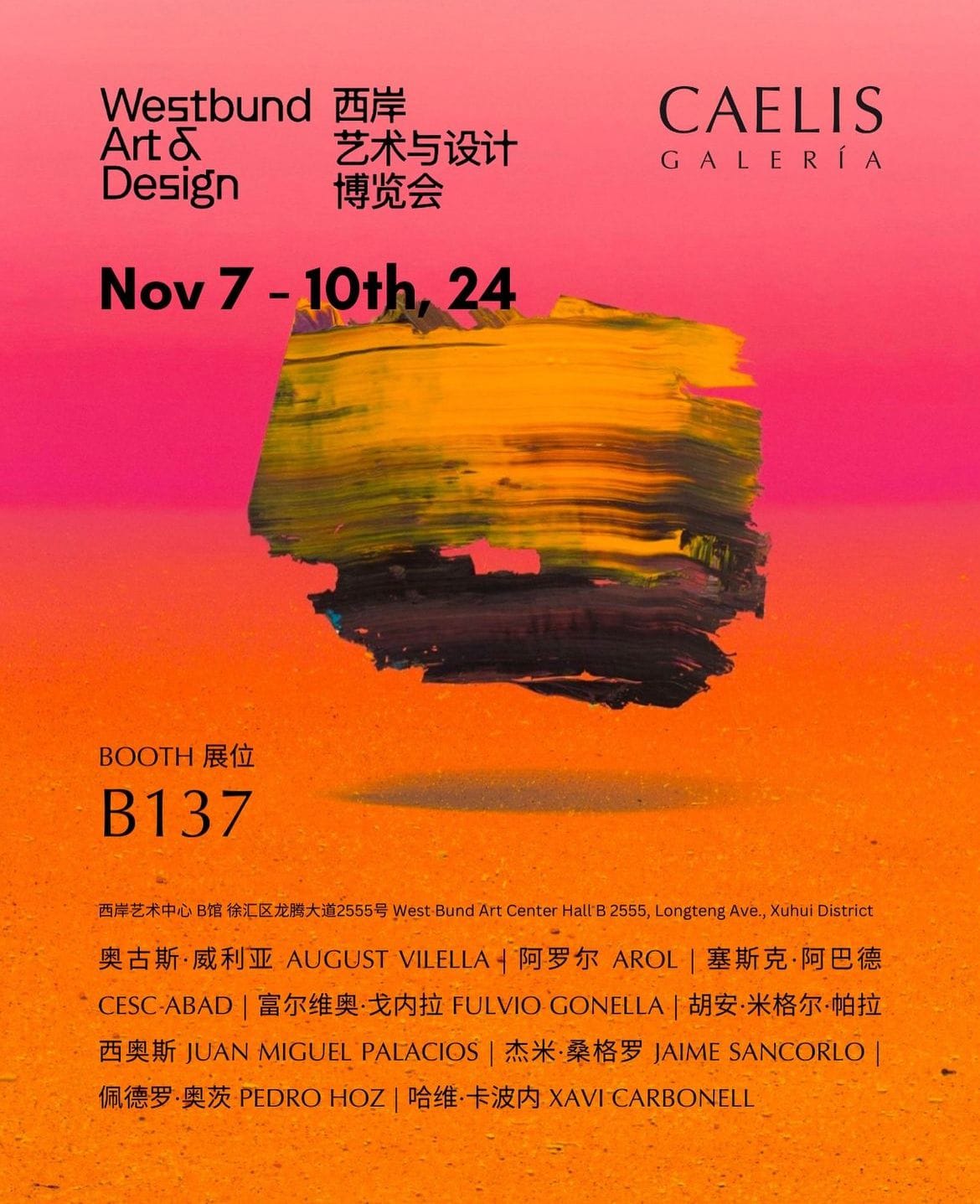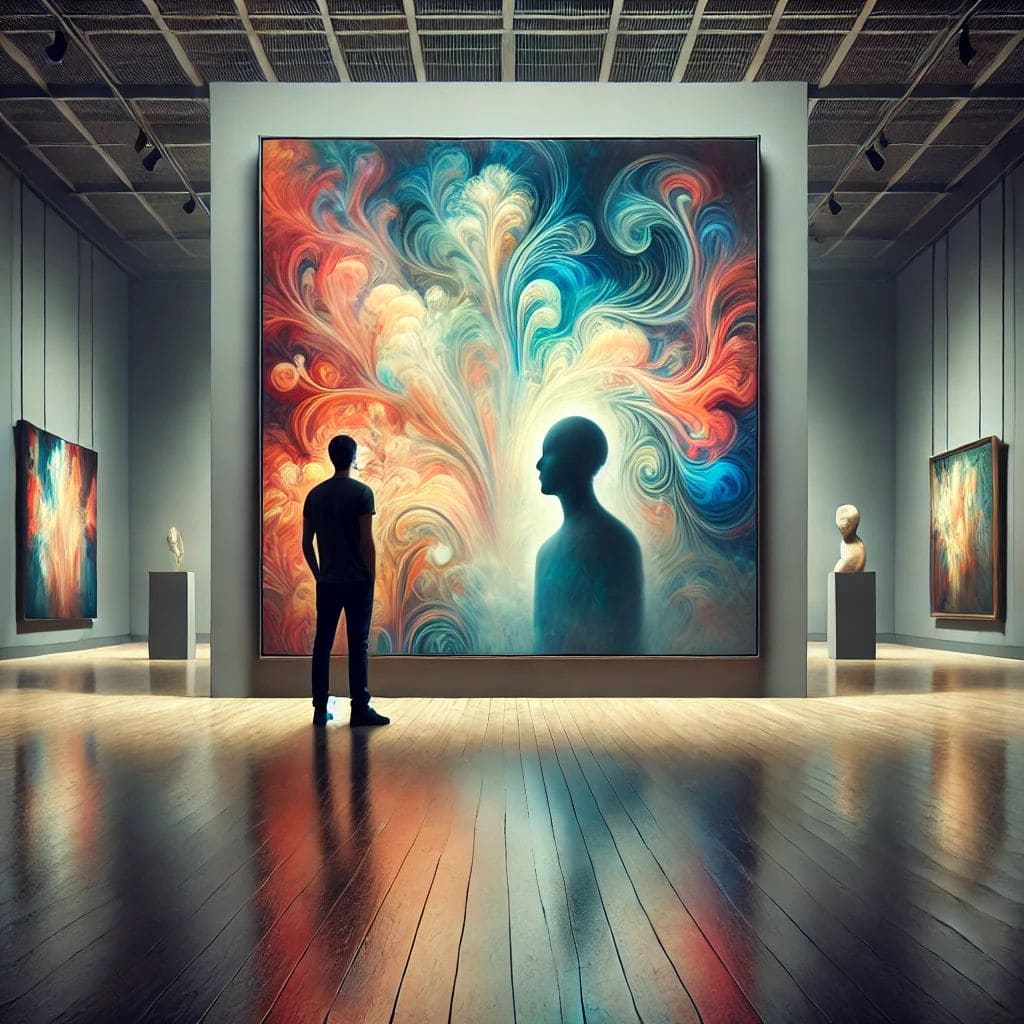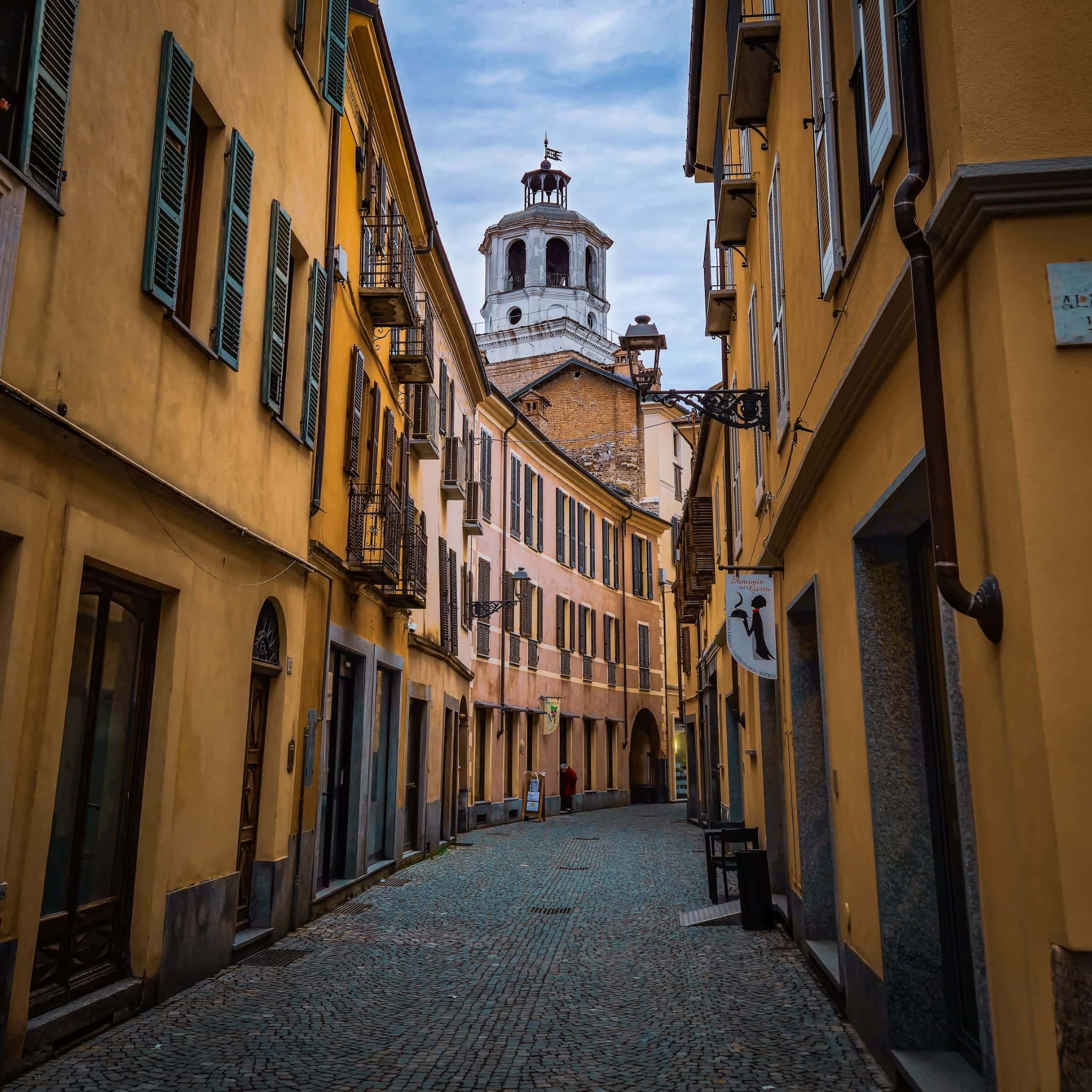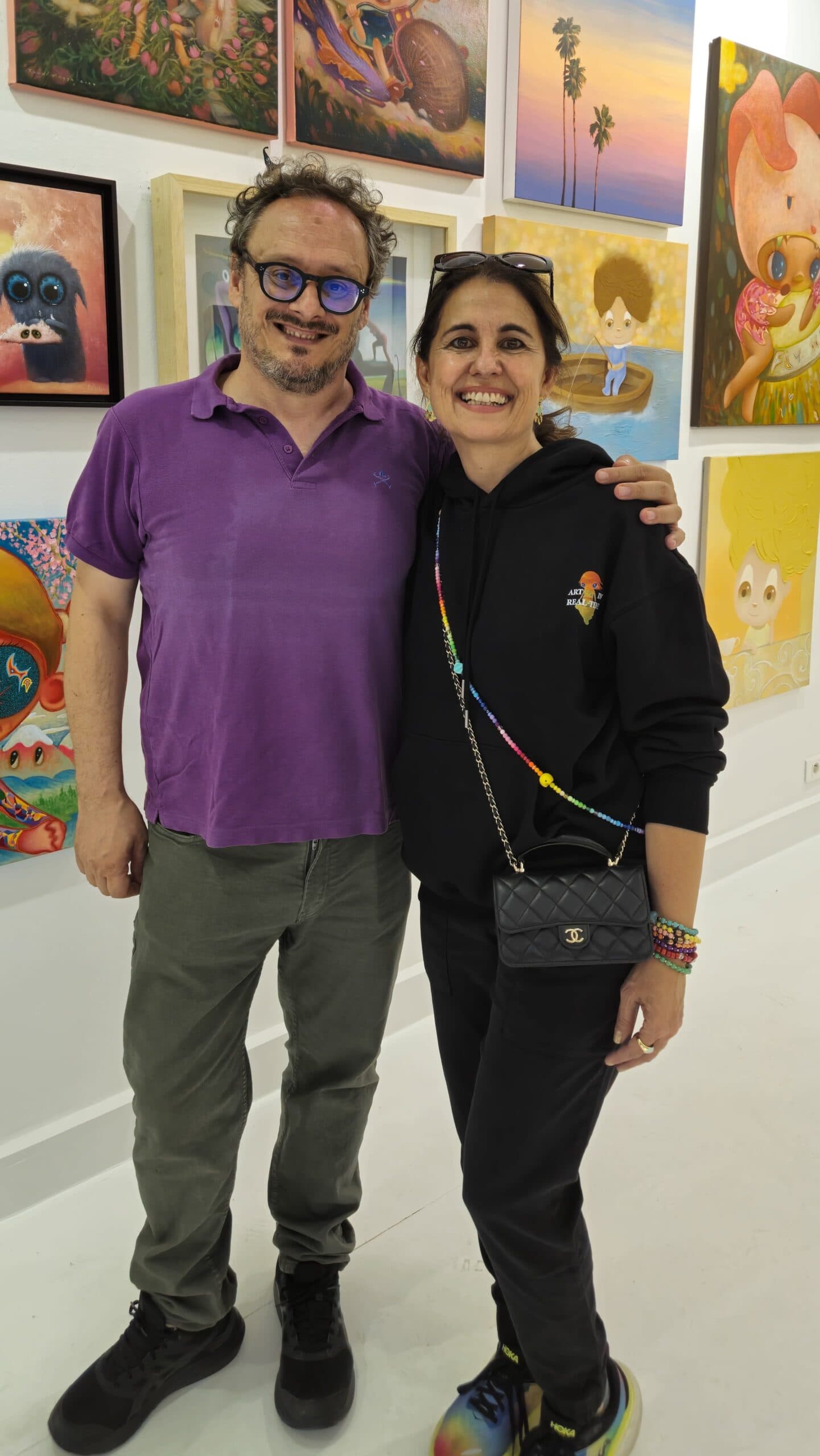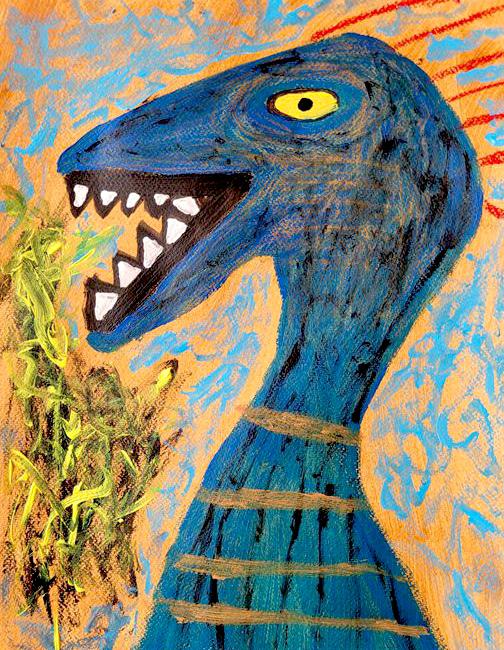People always ask me what a painting “means.” Like there’s a secret code hidden in there. They want the backstory, the hidden message, the grand idea. And it’s natural—art makes people curious. It opens doors. Some wide, some narrow, but doors all the same.
I get it. And most of the time, I love to answer.
In fact, I could talk for hours about my work. Hours. About colors, brushstrokes, that one splatter I added at 2 a.m. for “depth.” I can get so carried away, I forget what you even asked (I’ll just be rambling on about the history of cobalt blue at some point). But here’s the thing: I think there’s something even better.
Sometimes, I want to say: Forget what I thought. Forget my story. Don’t worry about my “meaning.” Just look at the painting like it’s a mirror—a mirror for you.
Because that’s the best part of art. It reflects.
The Reflection is Yours
Standing in front of a painting, it’s not just about colors or shapes or technique. It’s about feeling. (Yes, feelings.) A piece of art might make you feel peaceful, nostalgic, even a little moody. But that’s not the art. That’s you. That’s you bringing something of yourself to this thing on the wall.
A landscape might remind you of that little lake you loved as a kid. Or it might make you feel restless, like you need to pack a bag and just go. A portrait might look lonely or haunted or dreamy, all depending on your mood. The art stays the same, but you shift. You’re bringing yourself to it, like a silent conversation.
And here’s the best part: the art doesn’t change. You do.
Art as Self-Reflection
Art has this sneaky way of pulling things out of us. Things we didn’t know were sitting there, just under the surface. You walk up to a piece thinking you’ll “appreciate some art.” But suddenly, a shade of blue pulls you in, or a certain line tugs at some old memory. A shape you can’t explain hits you right in the gut.
And sometimes you don’t even know why it’s happening. You’re just there, feeling something, staring at a painting of all things (and trying to play it cool in the gallery). But that’s your soul talking.
When you look at art, you’re seeing yourself. Sometimes it’s obvious—a scene that reminds you of a place you loved or a face that looks strangely familiar. Other times, it’s a mystery, even to you. There’s no need to explain it (or at least, not to me). Just let the art become a mirror, showing you something hidden within.
Giving Art the Last Word
I’ve come to believe that every piece of art is part mirror, part mystery. When you ask me what a painting “means,” I could tell you. But honestly? It might just get in the way. What you see could be more interesting than what I intended. More true, even.
Think of art like a conversation—except I’ve already said my part. When you bring your own story to a painting, that’s where the real magic happens. It’s not about my ideas; it’s about yours. Art isn’t there to give you answers. It’s there to give you a question, softly asking, “What do you see?”
I’ve watched people looking at a painting, and I see it on their faces. Thoughtfulness, confusion, surprise. Some people even look a little teary (not that they’d admit it). It’s fascinating—like they’re standing there, seeing something private. Something deep within themselves.
And it’s never the same from one person to the next. One person’s joy might be another’s grief. One person’s calm might be someone else’s nostalgia. The painting itself stays the same. It’s the people who bring the difference.
The Mirror That Never Lies
In a way, art is one of the most honest mirrors there is. It doesn’t judge. It doesn’t filter. It just shows you what you bring to it. That’s why, when people ask me what a painting “means,” I sometimes just say, “What does it mean to you?”
Yes, I know it sounds a little evasive (even mysterious, maybe). But honestly? I don’t want to trap you in my version. I want you to find yours. Because your story, your view, your reaction—that’s as real as anything I thought when I made it. Sometimes even more real.
You don’t have to analyze it. You don’t have to “get” it. Just let yourself see it. Let yourself feel whatever you feel. Let the painting show you something unexpected.
Letting Go of “Meaning”
So the next time you’re looking at art, don’t stress about “getting it.” Let go of the need to “understand.” Just stand there. Look. See what comes up. It might be familiar, or it might surprise you. It might even make you uncomfortable. But that’s where the beauty is.
Sometimes, art just gives you a feeling. A flash of memory. A quiet, strange pull. And sometimes, it’s like looking in a mirror that shows you things you didn’t know you needed to see.
So don’t worry about what the painting means to me. Worry about what it means to you. That’s the true beauty of art—it’s an invitation to see a part of yourself you may have missed. Or forgotten. Or maybe, just maybe, were looking for all along.

